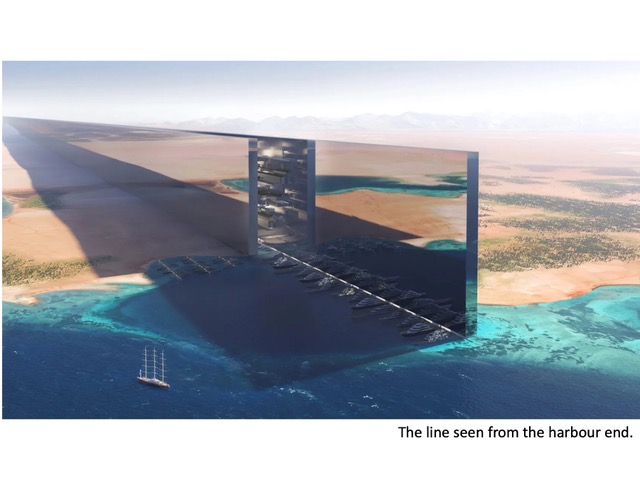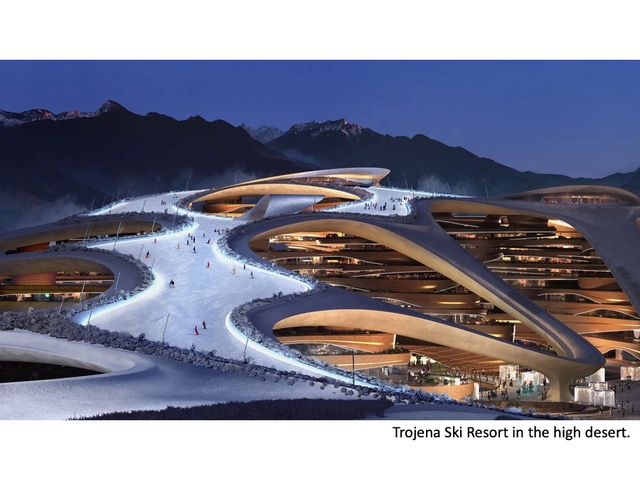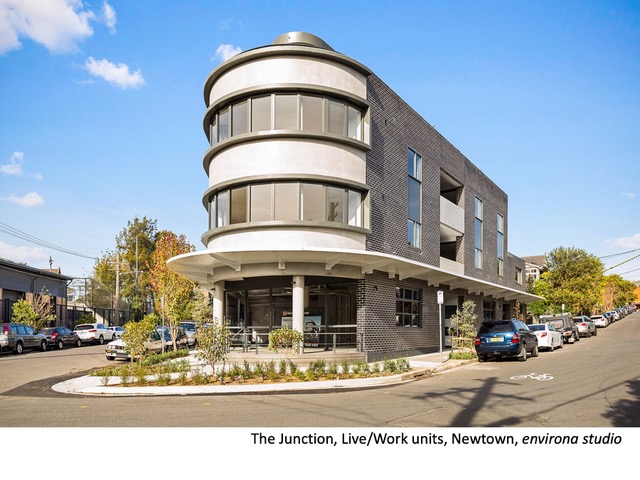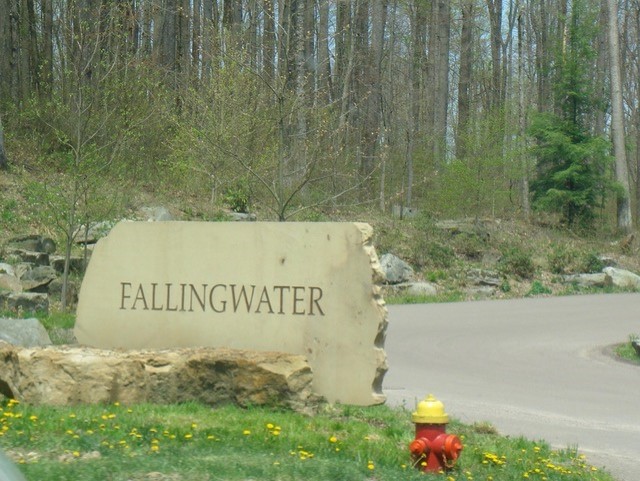A line in the sand

Two controversies collided this week. The Line city project in Neom parted ways with David Adjaye (reported this week in A&D). For those who came in late, an explanation.
The Line is a proposed new city in the Saudi Arabia desert, 170km long and 500m high. Initiated and funded by Saudi Prince Mohammed Bin Salman, MBS, it is being designed by some of the world’s top starchitects. Intended as a marvel that vaults the Kingdom to the top of the tech class, questions have been asked about its social and environmental credentials, and in particular taking the coin of the regime that murdered Jamal Khasssoggi. The New York Times concisely summaries the issues.
David Adjaye OM OBE RA is a celebrated architect, based in London and his native Ghana. Notable buildings include the National Museum of African American History and Culture in Washington. This year he faced allegations of sexual assault and harassment by three women, which he denied but apologised for what he called "mistakes" where he had "blurred the boundaries" between his professional and personal lives.
Adjaye leaves behind a big team of architects to wrestle project and the moral dilemmas. The design leader is reputedly Thom Mayne of Morphosis, and the team includes Pei Cobb Freed & Partners, Tom Wiscombe Architecture, Oyler Wu Collaborative and HOK; Peter Cook's studio CHAP; Coop Himmelb(l)au and Delugan Meissl Associated Architects; and Studio Fuksas. Norman Foster was originally slated to work on it, but quit after Khasssoggi’s murder. The administrative team includes Australian Denis Hickey ex-Lendlease COO.

As well as The Line, several other projects have been announced, including the Trojena Ski Resort seen here. Australian architects listed as working on the project include Sydney’s LAVA (Laboratory for Visionary Architecture), and Brisbane’s Bureau Proberts, who join with Zaha Hadid Architects, UNStudio, and Aedas (US).
You can see the attraction of working on such dramatic schemes, with astonishing budgets, but they may well heed the opprobrium that attached to Greg Norman for his part in promoting the Saudi’s LIV golf venture, or the outrage when it was reported that three men forcibly evicted from the Neom site had been sentenced to death last November.
Cities within cities



Completely opposite ideas of urban development to The Line were aired at a two-day conference hosted by the Urban Development Institute of Australia (UDIA) this week. Entitled Cities Within Cities it explored the ways in which the urban fabric could be remade to better meet sustainability and livability standards (same aims as the line)
The keynote presentation by Peter Droege, director of the Liechtenstein Institute for Strategic Development (and formerly of the University of Sydney), presented an array of innovative schemes including (pictured in order), the Freiham Nord masterplan near Munich, the Sun Ship Freiburg and Kalkbreite in Zurich.
There were a further seven presentations that discussed how various levers, such as culture, food production, micro-urban identities, walkable cities and particularly TOD, or transport-oriented design, could enhance the triple bottom line of existing cities.
Six rules for social housing

In a Tone on Tuesday two week’s ago I opined that there are ‘S’ based rules for public housing, which could equally apply to social and affordable housing, particularly when designed in the missing middle. In any order:
Size - the number of dwellings in any one scheme should small so as not to not create homogeneity, or ghettoes in low socio-economic cases.
Scale - the scheme should be modest in height, three to six storeys, to maintain contact with the ground for passive surveillance and connectedness. High rises are often hurtful to all but the rich.
Spread - affordable and social housing alternatives should be available in every suburb; particularly when addressing the needs of key workers to live close to where they work.
Sensible - to be sensitive to the context surroundings, and to eschew the arrogant and traditions of recent public housing where architectural experimentation bordered on arrogant conceits.
Sustainable - the costs of services and maintenance upkeep should be kept to a minimum using quality construction and renewable energy.
Services - housing should be near services (20 min city) and public housing should have on-site ‘wrap-around’ services that many socially dependent people need.
Bookends: Eighties solar

Feeling a bit nostalgic this week, going back to a time before climate change, sustainability and environmental design were things. These are 3 books published within the first 3 years of the 1980s. Some had the same authors, and all had some of the same houses. There was lots of sun, lots of interest but not so many houses to go around.
Signs off: Faillingwater At the turn off. The building is a masterpiece. The sign, not. so much. Nothing about it references Frank Lloyd Wright’s design, the ideas, the planning, the spaces, not even the font. Maybe it’s a sign to the waterfall after all.
At the turn off. The building is a masterpiece. The sign, not. so much. Nothing about it references Frank Lloyd Wright’s design, the ideas, the planning, the spaces, not even the font. Maybe it’s a sign to the waterfall after all.
Tone Wheeler is an architect / the views expressed are his.
A&D Another Thing, 18 August 2023 (week 33)
Long columns are Tone on Tuesday, short shots every Friday in A&D Another Thing.
You can contact TW at [email protected]
https://www.dezeen.com/2023/02/14/neom-guide-line-saudi-arabia/#:~:text=The%20developer%20of%20Neom%20revealed,of%20the%20Trojena%20ski%20resort.

